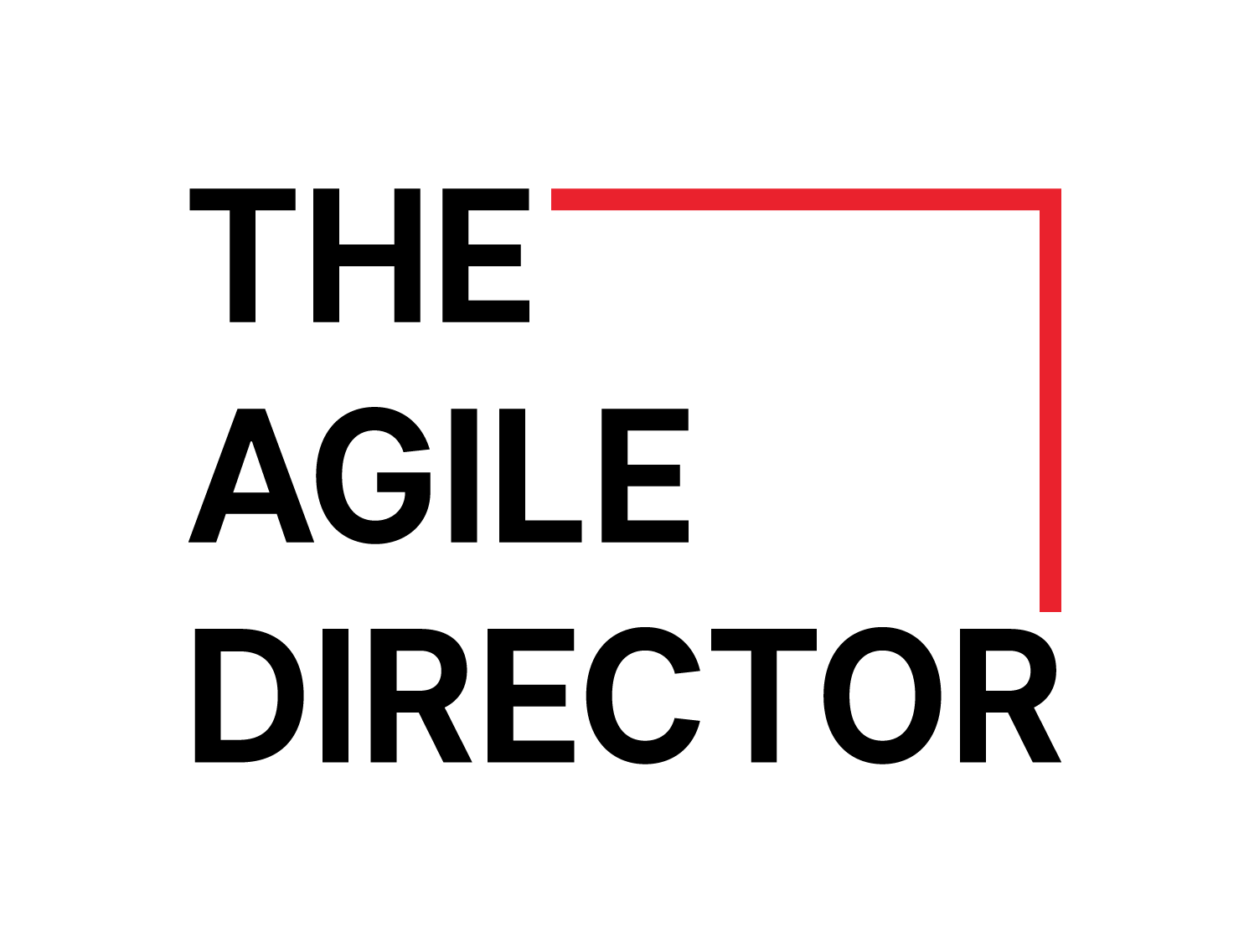 Play to your audience:
Play to your audience:
Deliver a career-making performance with these good practice board reporting principles.
Want to write brilliant board reports and make board presentations that hit the mark? You’re not alone. These are some of the top requests for assistance we get at GGI.
With so much riding on the transfer and understanding of information (for both the board and management), it’s overarchingly a communication exercise. It can be a lot less strenuous with some simple principles to guide the process.
We’ve worked with the best in the business to bring you the following five principles for board reporting:
1. There are different audiences within the board – you must speak to them all
Despite the greater awareness of the need for and benefit of diversity on boards – and the increase in diversity we’re seeing as a result – board reports and presentations are most often prepared with an homogenous audience in mind.
Not all board directors are the same. Not all will have vast board experience or a strong financial background, just as not all of them have extensive subject matter expertise. If assembled well however, they will all bring something different and valuable to the table.
Board presentations must not be written in a way that assumes a deep knowledge by all.
They must tell a complete story that could be understood by just about anyone who picks them up (or is in the room). In reporting to the board it is your responsibility provide enough information that directors are equipped to identify gaps, rigorously test what is being put forward and make informed decisions.
2. Not everyone will respond to the same stimuli – use a combination of communication methods
Further to the previous point, directors are the same as everyone else. That is, they have individual differences, including how they prefer to consume information. While some will like nothing more than a powerpoint deck packed with details, others may prefer a combination of text, infographics, a supporting video or a brief spoken summary.
To maximise the chances of resonating with your audience, ensure that there is something for everyone. Take into account their professional background, age and demographic, cultural background and gender and structure your approach so it has the best chance of reaching them all.
Not sure what they like? Ask them.
3. Understand their needs and tailor your presentation to suit – not the other way around
To effectively govern, boards need a wealth of information, insights, projections and supporting evidence. To manage well, you need the support of the board. It’s a symbiotic relationship so it’s in everyones’ best interests to ensure that the input they get is comprehensive, high quality and accurately reflects the position of the organisation across a range of measures. Only then will the board function effectively.
There are countless examples of organisations where management have withheld vital information from boards, leading to problems for the organisation, board, management and shareholders. Consider the current class action being brought against Lendlease, where directors were in the dark about vital details of the struggling Engineering business. (AFR, What went wrong at Lendlease, by Aaron Patrick)
Boards have a fiduciary duty to act for the greater good, and to carry out this duty they rely on a full assessment of the facts – good and bad. It’s not the job of management to withhold information, no matter the reason. You must give directors what they need to fulfil their role, even if it will hurt.
Directors get frustrated when they don’t get the information they need to make decisions, or that they need to protect their liability.
4. Use bespoke templates and measures, there is no ‘one size fits all’ template
Board reporting has two purposes:
1. Assurance & compliance tracking; and
2. Seeking decisions/sign-off
Almost daily the GGI team receives requests for best practice templates for board reports. With every organisation operating within a different environment and responding to a different set of drivers, there is no ‘one size fits all’ template to do the job.
The best advice is to ensure you understand the board, what they need to know, how they prefer to receive that information – and develop your plan accordingly.
Vitally, the board pack must be driven by what matters. Lots of things interest the board but what is it that really matters to organisations; what makes or breaks us?
Not giving enough thought to delivery can result in directors becoming distracted and fixated on details that are secondary to the information you’re presenting.
Be sure to get off on the right foot with a strong executive summary – showing highlights, raising issues that need attention and proposing any decisions you are seeking.
5. Consider the big picture – does your presentation consider the broader context that directors will need, eg: environment and industry?
An organisation does not operate in isolation and must be considered in context. Competitors, industry trends, media coverage, risks and shareholder habits must all be considered, and business results interpreted in light of what’s happening outside of the boardroom.
Reports that are too introspective or organisation-centric are likely to frustrate directors, who will then need to interrogate the data – and you – in order to understand the full story and make the best, most informed decisions as part of their fiduciary duty.
Save them time, and avoid the frustration and stress of being quizzed on the spot as they dig deep to get what they need.
There’s a common thread binding the five principles, and it’s also the number one lesson for good communicators – know your audience.
See the board not as a single entity, but as a collection of different people, with diverse backgrounds who are all working towards the same goal. You need to know them, their differences and their objectives, and plan your approach accordingly if you are to maximise your chance of engaging them to best effect.
Your relationship with the board – and theirs with you – is one of necessity. Maximising interactions with them will strengthen the foundation – not just of their decisions, but of the wellbeing of the organisation and all who depend on it.
Our thanks to resident governance expert Andrew Donovan for compiling this report.
Global Governance Initiative was established to make governance tools and knowledge accessible to all. GGI’s Governex program offers affordable, comprehensive corporate governance training that can be completed where, when and how you choose.
You can join the GGI community or learn more with our complimentary introduction to governance, ‘Governance and You’ on our website www.ggi.community. If you’ve found this article useful please share it and be sure to follow us on LinkedIn. If there are any topics you’d like us to cover, or if you have burning governance questions, we’d love to hear from you at info@ggi.community or call us on (02) 9191 9848.


